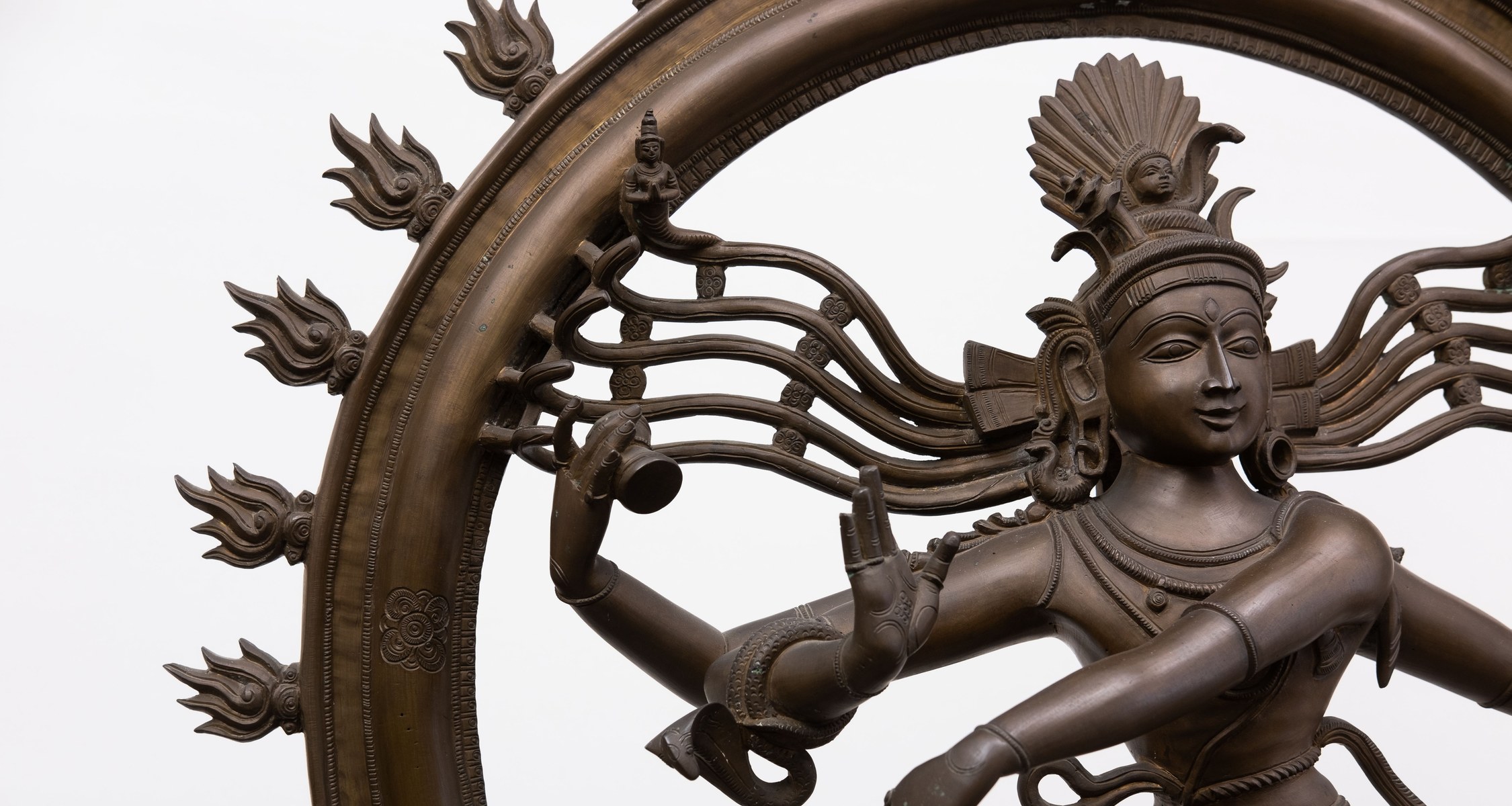Main Content
Welcome at the Museum of Religions

The Museum of Religions (Religionskundliche Sammlung) uses religious artifacts and visual materials to showcase the diversity of religions in the world. Rudolf Otto (1869-1937), a theologian and researcher of religious studies, founded the museum in 1927 as a key institution within the university. The museum was designed to allow research and provide information regarding religious practices and beliefs of other cultures, both in a university teaching setting as well as for diplomats, doctors, traders and missionaries who would be working abroad. Edith Franke, professor of general and comparative religious studies (FB 03), took over the direction and responsibility of the collection in 2006. Beginning in 2008, special exhibits such as Tibet in Marburg or Diversity in Islamic Religious Practices, as well as closer cooperation with the Museum for Religious History in St. Petersburg, have shaped the activities of the museum. The museum also began carrying out research on “The Dynamics of Religious Objects in Museums” in 2018 as part of a BMBF-funded joint project with the Cathedral Museum (Dommuseum) in Frankfurt and the GRASSI Museum for Ethnology (Völkerkunde) in Leipzig.
Since Edith Frank took over the leadership of the museum, the work of the museum has increasingly been integrated into students’ coursework, e.g., “Comparative Cultural and Study of Religion” for bachelor’s students and “Study of Religion” for master’s candidates. Under the direction of Curator Susanne Rodemeier, students and interns can research objects and their provenance, develop guided tours, and preserve and archive the artifacts; they may also, in the context of a research project, be involved in the conception and implementation of special exhibitions.
The artistically embroidered ceremonial hat of a dervish from one of Islam’s mystical traditions, a dance mask from Tibet, and the Hindu god Shiva in the form of the Nataraja (Lord of the Dance) are just a few examples of the museum’s diverse collection. Approximately 1,500 of the 10,000 objects held by the museum can be seen across 700 square meters of permanent and changing exhibition space.
The museum’s understanding of itself as a teaching and research collection cannot be separated from its responsibility to appropriately conserve the objects in the collection. Depending upon available financial and human resources, the objects are restored, catalogued in a database, and researched. With help from third-party funds and private sponsors, the museum is able to undertake special projects, such as the badly needed restoration and climate-controlled display of an ancient Egyptian sarcophagus in 2018/19.
The collection allows school children, university students, scientists, and visitors from around the world to gain an understanding of the diversity of religions in the context of general or thematic tours, special exhibits, or just individual exploration. There is also a possibility to research and analyze individual objects or groups of objects in the museum. National and international cooperation with experts across a variety of disciplines supports continuing insight into and understanding of the collection.
Responsibility for the museum lies with the chair of the Religious Studies Department within the Department of Social Sciences and Philosophy; this ensures that teaching, research, and religious studies approaches to the collection are all balanced and connected. Prof. Dr. Edith Franke has been director of the museum since 2006, and Dr. Susanne Rodemeier began as curator of the collection in 2018.